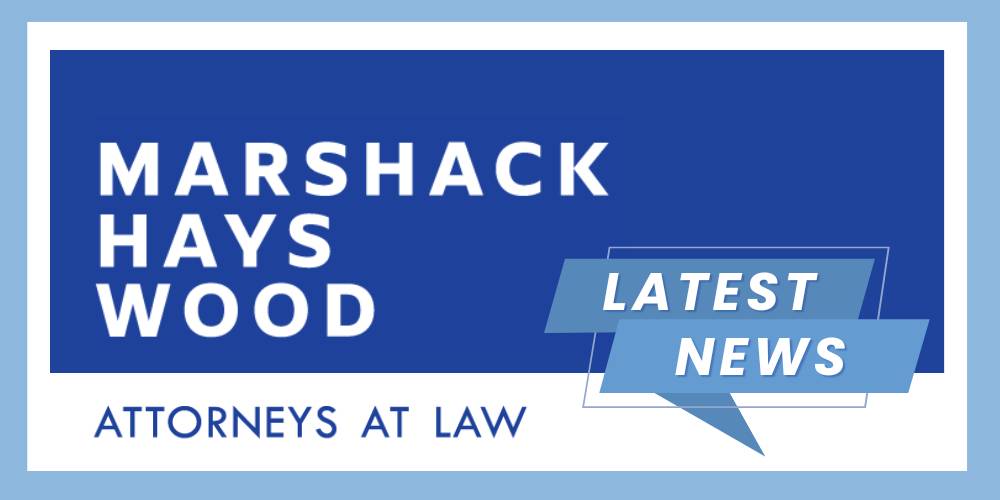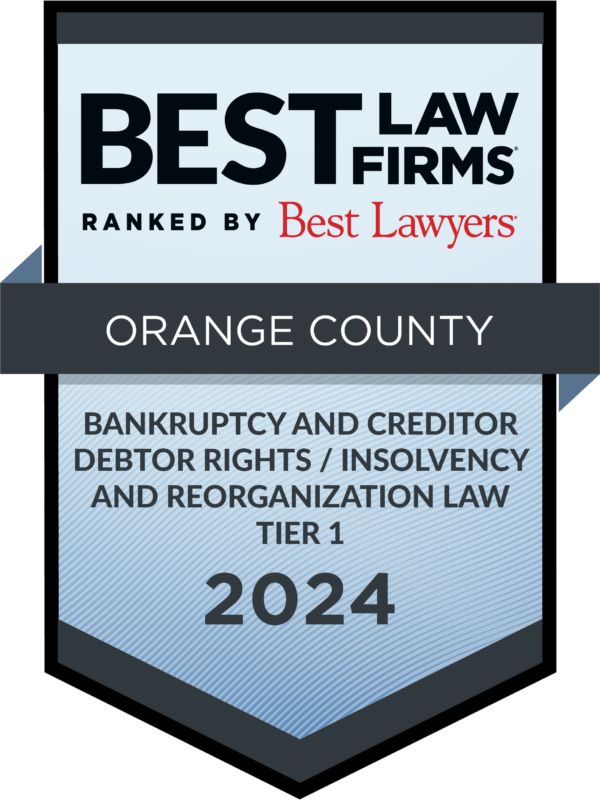In re Nicholson: Preponderance of Evidence Will Get Exemption Claim Denied When Filed in Bad Faith
Trustee’s often face a procedural quagmire where debtors fail to accurately list or value assets and then seek to amend schedules and claims of exemption. Yet the Ninth Circuit BAP recently provided solace to trustees and creditors that must fall back on §105(a) ((Unless stated otherwise, all section references are to the Bankruptcy Code, 11 U.S.C. §§101-1330.)) to object to an amended claim of exemption. The Nicholson case ((Tyner v. Nicholson (In re Nicholson), 435 B.R. 622 (9th Cir. BAP 2010).)) confirms that the standard of proof for such an objection based on bad faith is the preponderance of evidence. The opinion should also serve as a reminder to debtors to be thorough and honest in disclosing facts regarding the existence and value of potential assets or risk losing the ability to claim some portion of that value as exempt.
The Ninth Circuit has previously held that exemption claims may be surcharged based on the bankruptcy court’s equitable power under §105(a) as follows:
“We hold that the bankruptcy court may equitably surcharge a debtor’s statutory exemptions when reasonably necessary both to protect the integrity of the bankruptcy process and to ensure that a debtor exempts an amount no greater than what is permitted by the exemption scheme of the Bankruptcy Code.” ((Latman v. Burdette, 366 F.3d 774, 786 (9th Cir. 2004).))
But in Nicholson, the Ninth Circuit BAP clarifies two important issues for exemption claim litigants. First, the Nicholson court makes it clear that §105(a) gives the bankruptcy court authority to deny an exemption claim entirely based on bad faith, not just the ability to surcharge a claim, by holding as follows:
“We reject the debtors’ argument that bankruptcy courts have no authority to disallow exemptions claimed in bad faith. Section 522(l) of the Bankruptcy Code and Rule 4003(b) of the Federal Rules of Bankruptcy Procedure permit a party in interest to object to a debtor’s claim of exemption. Further, the Supreme Court has recognized the ‘broad authority granted to bankruptcy judges,’ pursuant to §105(a) of the Bankruptcy Code, ‘to take appropriate action in response to fraudulent conduct by the atypical litigant who has demonstrated that he is not entitled to the relief available to the typical debtor.’” ((Nicholson at p. 630, citing Marrama v. Citizens Bank of Massachusetts, 549 U.S. 365, 374-75 (2007); and relying also on Latman, 366 F.3d, at 784-86.))
Second, Nicholson clarifies the standard of proof necessary for the trustee or creditor that uses §105(a) to attack an exemption claim on bad faith grounds. The court noted that “[t]he Bankruptcy Code and Bankruptcy Rules do not indicate what is the appropriate burden of persuasion for disallowing a claim of exemption.” ((Id. at 631.)) But after noting that the Supreme Court used the preponderance of the evidence standard for whether a debt should be excepted from discharge, ((Grogan v. Garner, 498 U.S. 279 (1991).)) the court held that “a party objecting to a debtor’s claim of exemption must prove bad faith by a ‘preponderance of the evidence’ and not by ‘clear and convincing evidence.’” ((Nicholson, at 634.)) Unless the same standard of proof is used in both situations, the Nicholson court notes that anomalous results could occur such that, “a bankruptcy court may allow a debtor’s exemption under the higher standard, but deny the same debtor a discharge under the lower one.” ((Id. at 633, citing United States v. Arnold & Baker Farms (In re Arnold & Baker Farms), 177 B.R. 648, 654 (9th Cir. BAP 1994).))
The procedural facts in Nicholson summarized below demonstrate the frustrations that trustees often experience when attempting to examine debtors and determine when and whether to pursue assets or object to exemption claims.
- Debtors filed a Chapter 7 petition on March 16, 2009 and stated on their schedules that they owned 50% of the stock in a small company called Applied Science, Inc. (“ASI”) that had a value of $0. They told the trustee at the 341a meeting that ASI had debts almost double the value of its assets and that their stock had no value.
- Sometime later, the other stockholder of ASI told the trustee that she would pay $5,000 for the debtor’s ASI stock. The trustee moved for court approval of that proposed sale on July 28, 2009 and the debtors amended their schedules on the same day. The amendment listed the value of their ASI stock as $19,949 and the debtors also amended their schedule of exemptions to claim that entire amount as exempt under California law.
- Three days later, the debtors again amended their schedules to state the value of their ASI stock as $0 and also amended their exemption claim to add an additional basis for their exemption claim in order to raise the amount claimed exempt to $22,024. A few days after that, the debtors objected to the trustee’s sale motion, asserting that the proposed sale amount would have to be increased to at least the amount of their exemption claim of $22,024.
- And why would you guess that there was so much activity by the debtor surrounding the proposed sale? Perhaps the answer is that an unrelated third party had been negotiating with the debtors since at least shortly after the filing of the petition on a distribution deal that would add great value to ASI. The stock ultimately sold for $25,949 to a party aligned with the non-debtor owner of ASI.
- During the course of these proceedings, the trustee learned, haphazardly and without formal discovery or disclosure by debtors, about the debtors’ efforts to revive value in ASI. The trustee perceived that the debtors had intentionally misled him and had delayed their efforts to revive ASI in order to get some future value for themselves. After the sale, the trustee objected to the debtors’ claim of exemption on the grounds of bad faith based on §105(a), seeking to deny the debtors the right to claim as exempt the sale proceeds. The trial court denied the objection finding that the evidence presented by the trustee did not meet his burden of presenting clear and convincing evidence of bad faith.
The BAP reversed the trial court on the basis that it applied an incorrect standard of proof when it found in favor of the debtors. But in sending the matter back to the trial court, the BAP noted that the debtors’ conduct, including their delay in filing a claim of exemption, “may have been a deliberate attempt by [debtor Nicholson] to gain an economic or tactical advantage at the expense of his creditors.” ((Id. at 635.))
So the lesson for debtors remains clear. Be honest and complete. And if you try to gain some clever tactical advantage over your trustee and creditors by failing to disclose pre or post-petition information that is relevant, don’t be surprised if your trustee uses §105(a) to strip you of any gain.
Ed Hays specializes in business litigation and bankruptcy. He has over 18 years of experience in complex litigation, business litigation and bankruptcy matters. Over the years, Mr. Hays has represented businesses, creditors and bankruptcy trustees in complex core and non-core bankruptcy proceedings. He is a previous Chair of the Commercial Law & Bankruptcy Section of the Orange County Bar Association. He has also served in the past as a Judge Pro Tem in the Los Angeles County Superior Court. He is a founding partner of Marshack Hays LLP in Irvine, California and may be reached at 949.333.7777.



